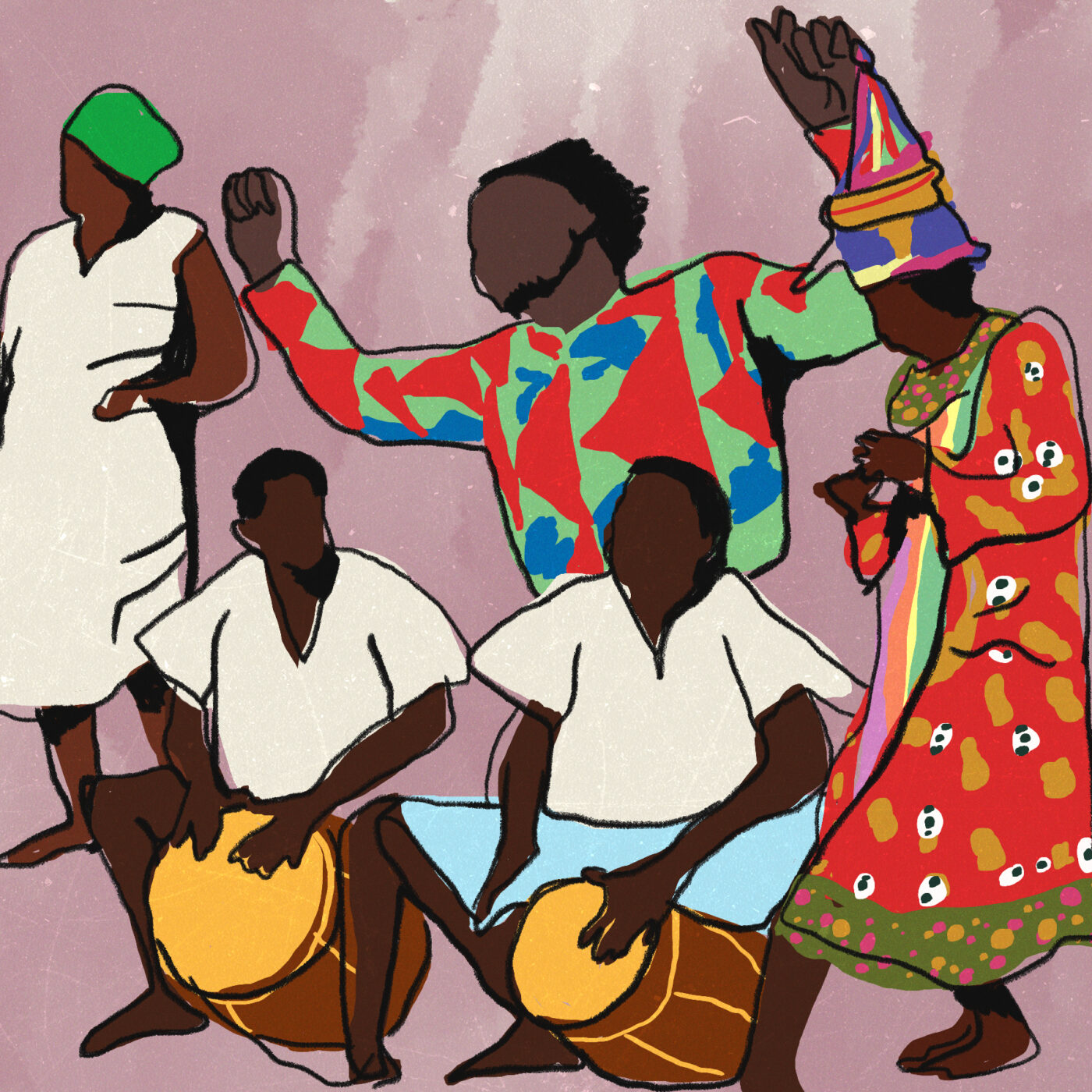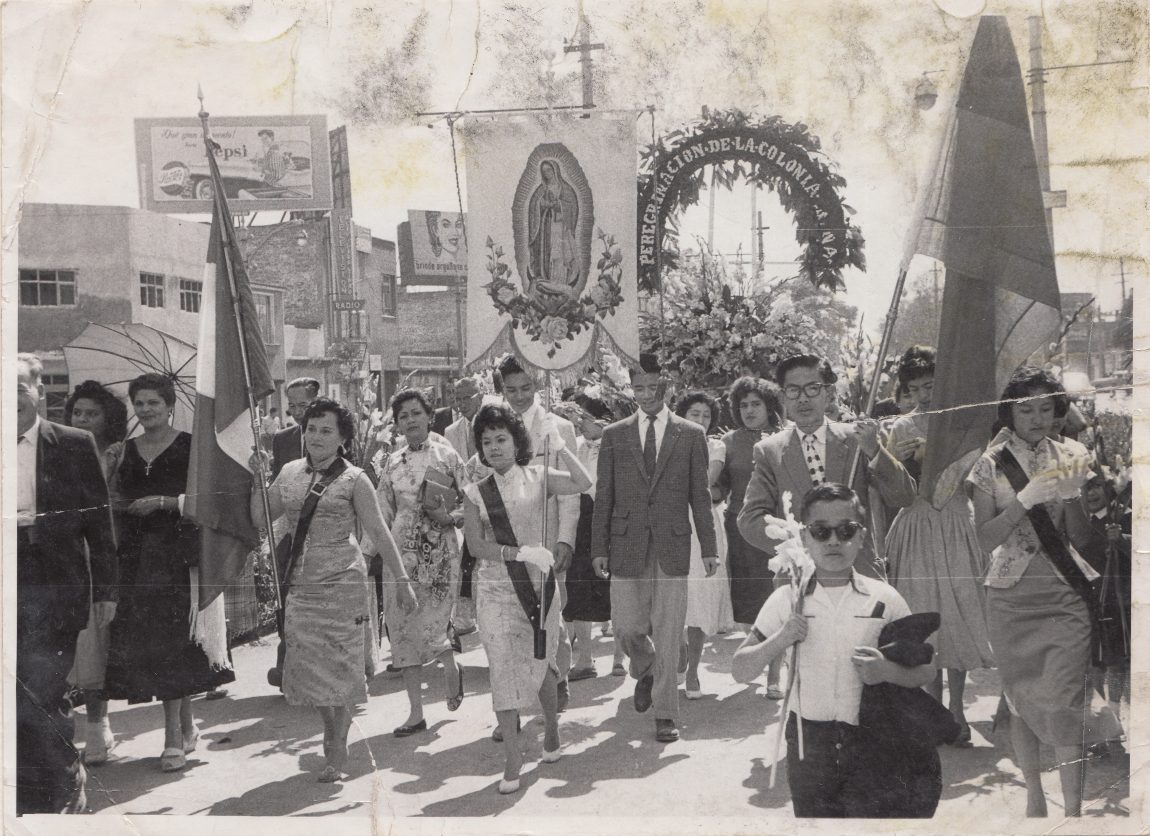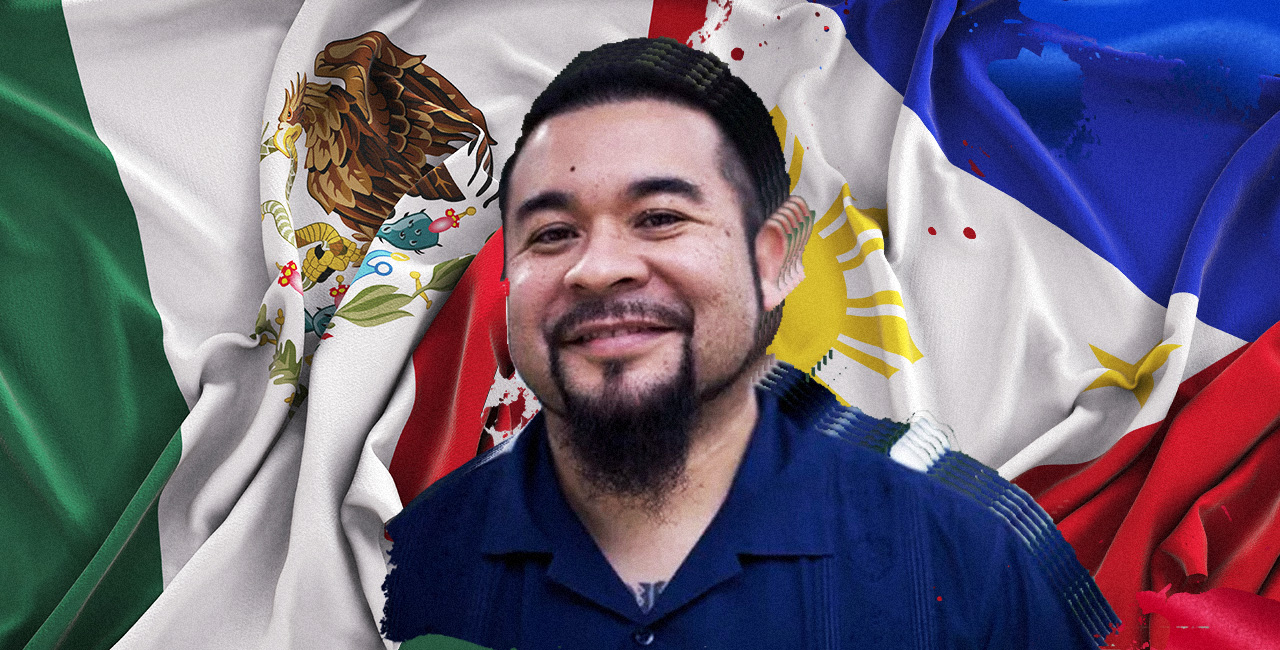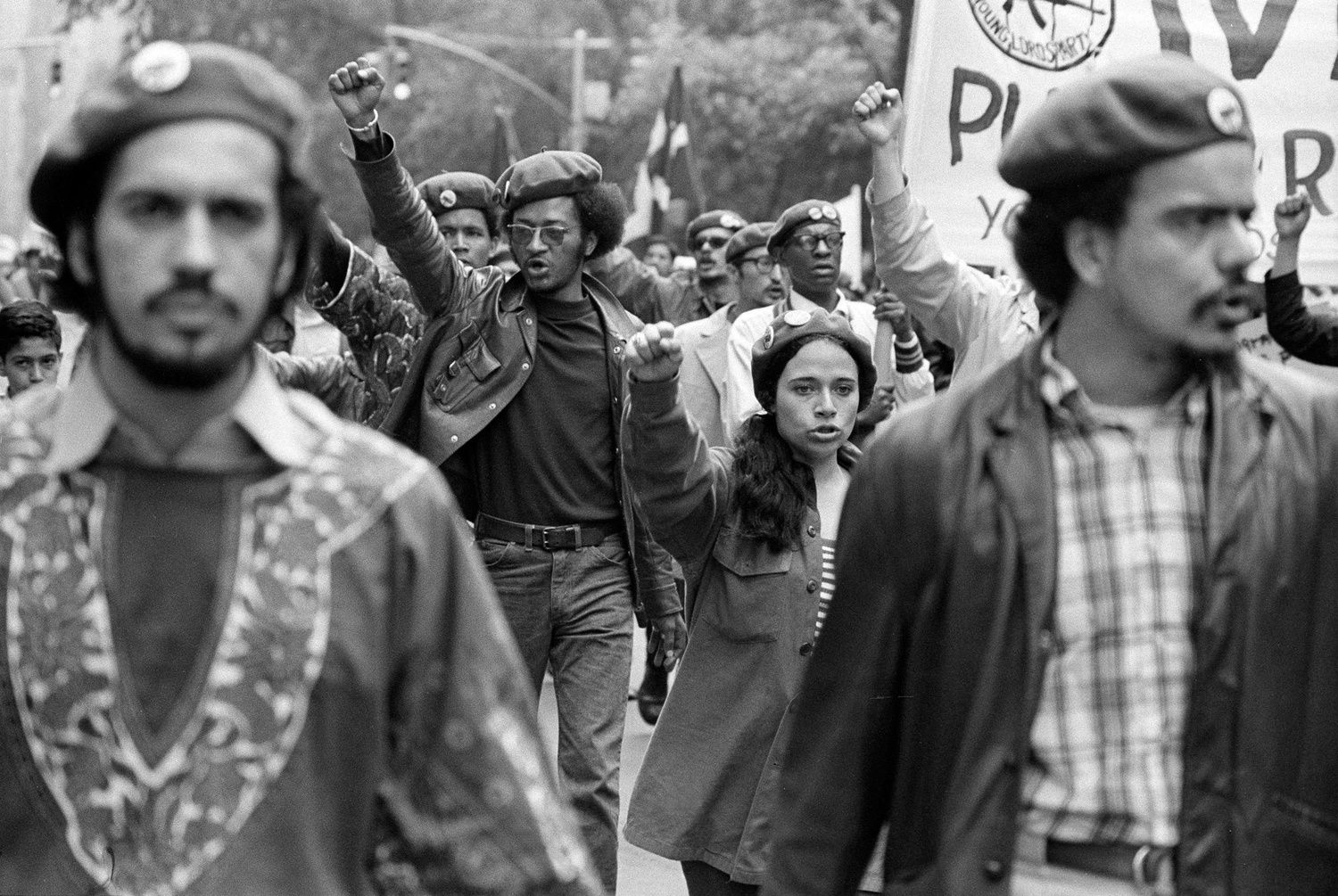Punta Music Has Never Been a Honduran ‘Thing,’ It Has Always Been a Black OnePosted in Anthropology, Articles, Arts, Caribbean/Latin America, History, Media Archive, Native Americans/First Nation on 2022-03-30 02:39Z by Steven |
Punta Music Has Never Been a Honduran ‘Thing,’ It Has Always Been a Black One
Remezcla
2022-03-24

I was 12 years old when I went to my first fedu, a Garifuna word for a traditional gathering or party in Honduras. I was intrigued by how comfortable everyone was: The women dressed in traditional garments danced to the beat of the drum and sang to the sound of hands clapping. It was effortless. I had never seen anything like it. While I had been to family functions and seen my aunts dance, this did not compare. It was mesmerizing, especially with everyone being Black. It was different, and it set me on a journey to discover who I was.
Growing up in Charlotte, North Carolina, I struggled to find a sense of belonging in a community that did not accept me but accepted what my Blackness could give them. I wrestled with constantly being challenged to prove myself, not realizing that we are burdened with defending ourselves from the people we call our neighbors. Through music, Garifunas have told their story. But sadly, Punta is one of the countless Black musical movements that are having its history erased. The scene at my first fedu was unlike the music videos I grew up watching on YouTube where the Garifuna men would beat the drums, and the fair-skinned and dark-haired women would dance in front of them.
In my introduction to Punta, I saw my Blackness be celebrated. But to the rest of the world, their introduction to Punta showed my Blackness used as an accessory. Something you put on and take off when you are done with it. That’s why it is disheartening to watch the deliberate whitewashing of this sacred genre of music. The genre’s mainstream face is based on the misconception that Punta is the heartbeat of the Honduran people, the entirety of the country. In fact, this genre is rooted in a more specific community: the Garifuna people, the descendants of mixed West African and indigenous people that have historically resided on the Caribbean coast of Central America…
Read the entire article here.







